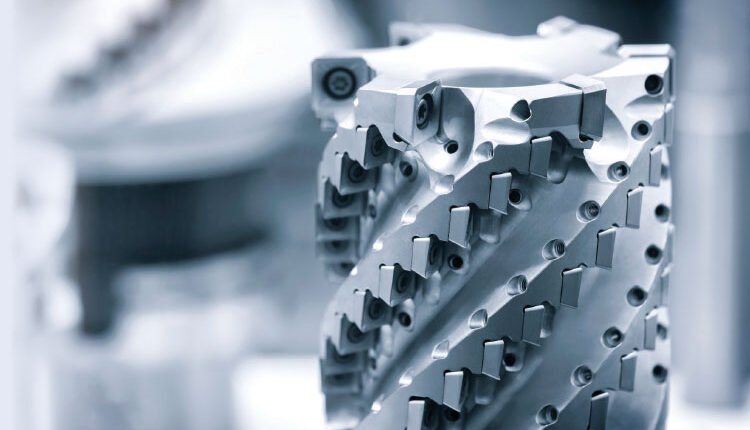The evolution of metal cutting tools has been a fascinating journey, transforming industries and redefining manufacturing standards. Among the most significant advancements in this domain is the advent of carbide inserts. These small yet powerful cutting tools have revolutionized machining processes, offering unprecedented efficiency, durability, and precision. Their impact spans across automotive, aerospace, defense, and numerous other sectors, making them an indispensable component in modern manufacturing.
The Genesis of Carbide Inserts
Before carbide inserts became mainstream, high-speed steel (HSS) was the predominant material for cutting tools. While HSS offered decent hardness and toughness, it had limitations in extreme machining conditions. The demand for tools that could withstand higher cutting speeds and extreme temperatures led to the development of tungsten carbide inserts in the early 20th century.
Tungsten carbide, a composite material made by combining tungsten and carbon atoms, emerged as a game-changer. It is synthesized through powder metallurgy, where tungsten carbide particles are bonded with a metal binder, typically cobalt, to create an exceptionally hard and wear-resistant material. This innovation enabled manufacturers to push the boundaries of machining, allowing for higher cutting speeds, extended tool life, and improved surface finishes.
The Role of Coatings in Enhancing Carbide Inserts
While carbide inserts themselves provided a significant leap in performance, the introduction of coatings further amplified their efficiency. Coatings such as titanium nitride (TiN), titanium carbonitride (TiCN), and aluminum oxide (Al₂O₃) enhance the wear resistance and thermal stability of carbide inserts. These coatings act as protective layers, reducing friction and preventing tool degradation under high temperatures.
Modern-day inserts often feature multi-layered coatings, combining different materials to optimize performance for specific applications. For instance, a combination of TiAlN (titanium aluminum nitride) and Al₂O₃ provides excellent heat resistance and oxidation protection, making it ideal for high-speed machining of hardened materials.
Advancements in Carbide Insert Geometry
Beyond material and coatings, the geometry of carbide inserts has also undergone significant refinements. Earlier inserts were simple in shape, but today’s versions come in a wide range of geometries tailored to different machining needs. From positive and negative rake angles to variable edge preparations, modern carbide inserts
are designed to optimize chip control, reduce cutting forces, and enhance tool stability.
Innovations such as wiper inserts, which provide superior surface finishes without additional finishing operations, have further improved machining efficiency. Additionally, specialized chip breakers integrated into insert designs help manage chip flow, reducing heat buildup and prolonging tool life.
Applications Across Industries
Carbide inserts have found extensive applications across various industries due to their exceptional performance and adaptability. In the automotive sector, they are used for machining engine components, transmission parts, and braking systems with high precision. The aerospace industry benefits from carbide inserts’ ability to machine tough alloys such as titanium and Inconel, crucial for manufacturing turbine blades and aircraft frames.
In heavy engineering and tool-and-die industries, carbide inserts enable high-feed machining, reducing cycle times and increasing productivity. Their robustness makes them ideal for cutting cast iron, stainless steel, and superalloys, materials that would rapidly wear down conventional cutting tools.
Future Trends
As manufacturing continues to evolve, carbide inserts are also undergoing continuous innovation. The integration of digital technologies such as Industry 4.0 and smart machining solutions is set to enhance the efficiency of carbide tooling. Sensor-equipped inserts capable of real-time data collection will enable predictive maintenance, reducing unplanned downtimes and improving productivity.
Additionally, advancements in nanotechnology are paving the way for the next generation of carbide inserts with enhanced toughness and wear resistance. Research into sustainable manufacturing practices is also leading to the development of eco-friendly cutting tools with reduced environmental impact.
Conclusion
The advent of carbide inserts marked a transformative era in metal cutting, bridging the gap between efficiency and precision. From their early development to modern-day enhancements, these cutting tools have played a pivotal role in shaping global manufacturing. As technology continues to advance, carbide inserts will remain at the forefront of machining innovation, driving progress across industries and setting new benchmarks in metalworking excellence.


